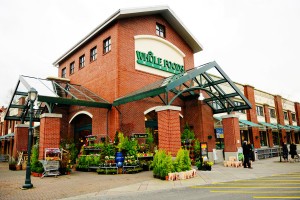Going Green: It surrounds us every day, from the reusable shopping bags to the eco-friendly lightbulbs to the air hand-dryers in the bathroom. It’s no wonder that companies are feeling the pressure to go green as well, with the entire world moving with the eco-friendly evolution. Companies are going green to maximize profitability- by minimizing product and packaging waste and using less energy, companies are making more money. The other part of htis equation is that customers are drawn to green companies. The customer wants to feel good about supporting a company that supports the earth. It’s a “do good, feel good” mentality that all customers love.
So, why wouldn’t a company go green? It’s expensive. All of that recycled material, although reused, takes time and money to process. Moreover, it appears that many companies are just adjusting to the earth-friendly norm and going along with societal wants and desires. When a company really, genuinely cares about the planet, it shows through their ethics and business practices. Consumers love a good, environmentally-friendly company, and all companies love consumers. This is why many companies are choosing to go eco-friendly.




